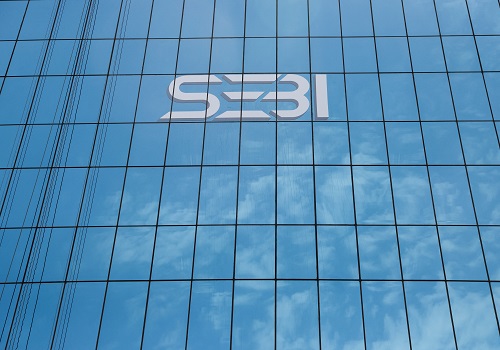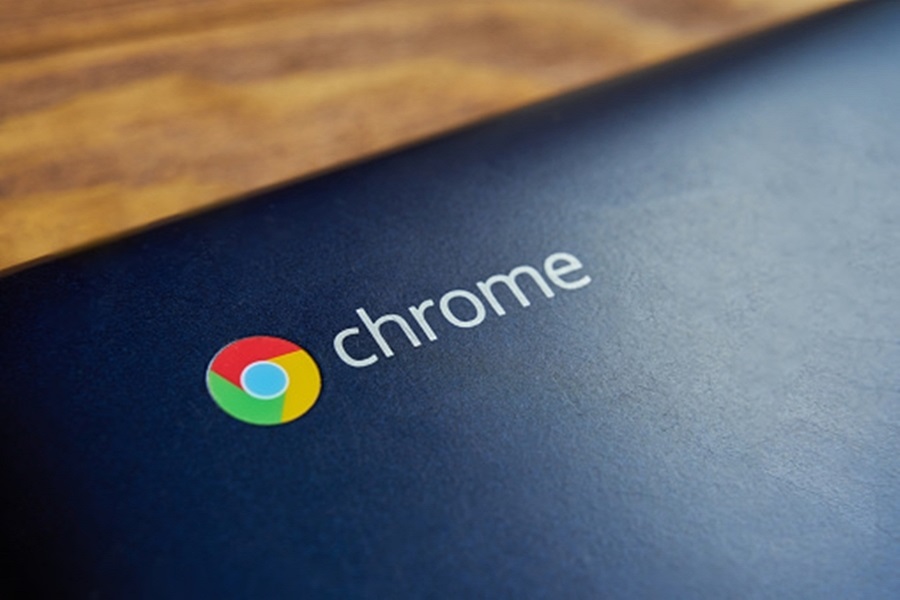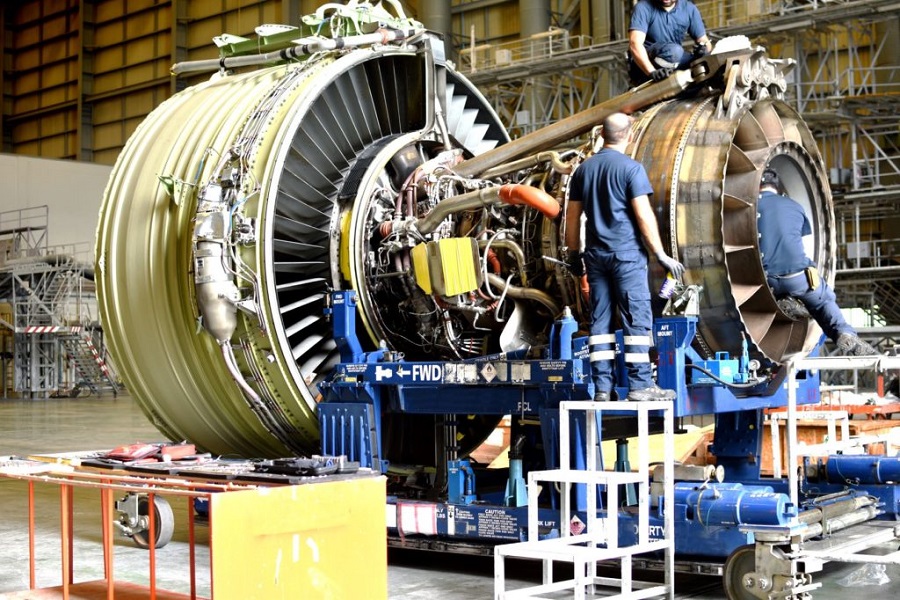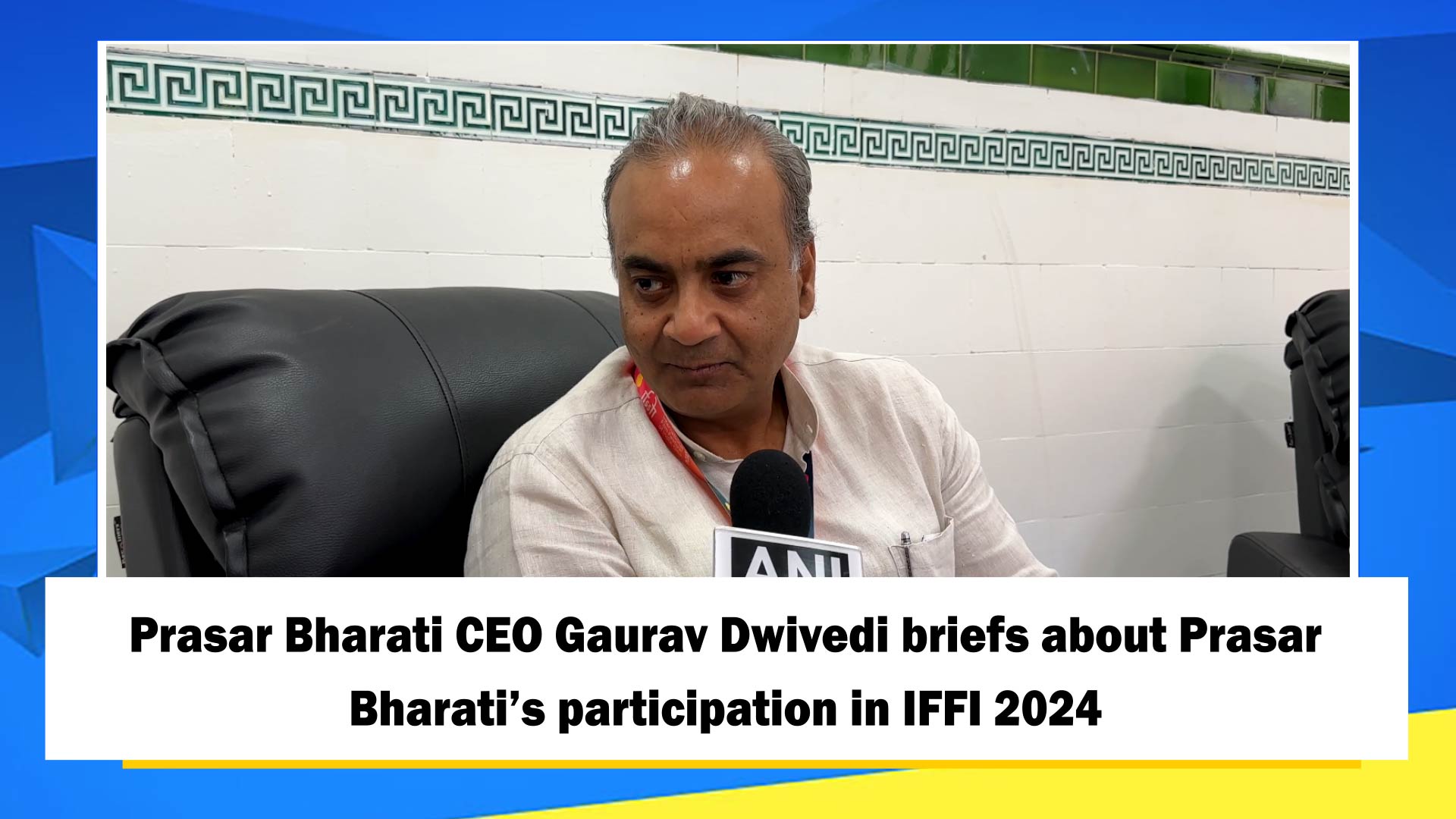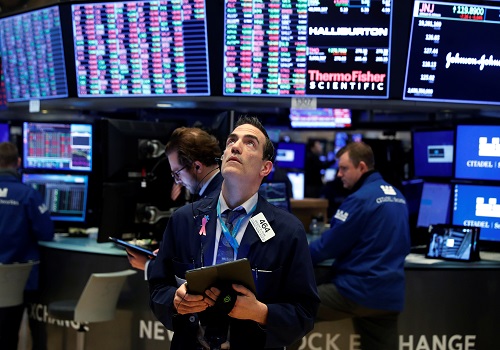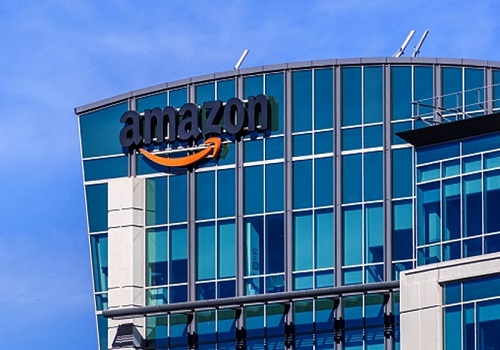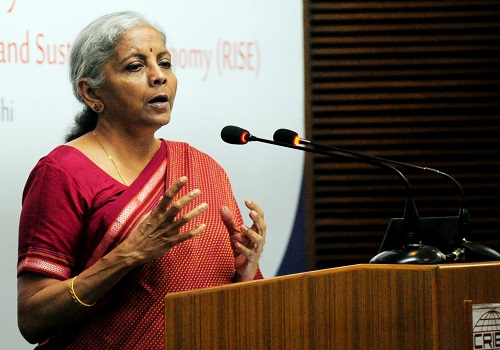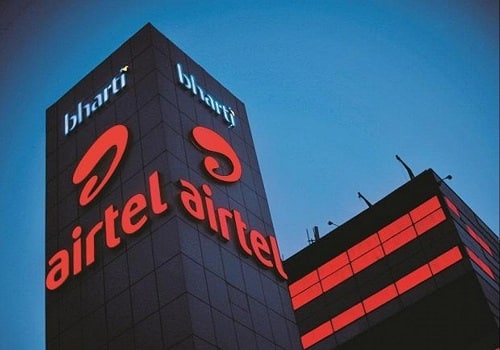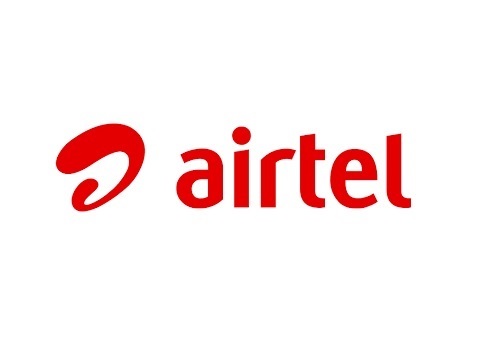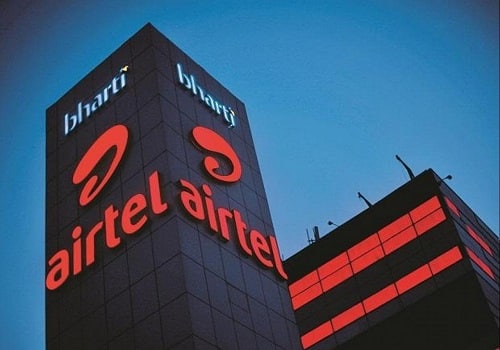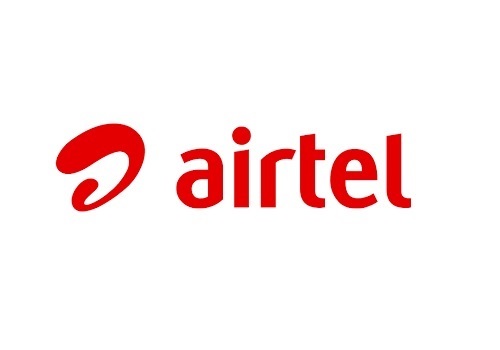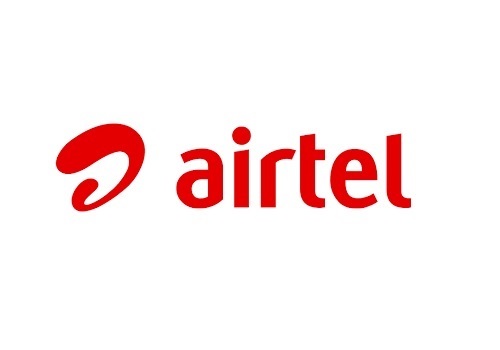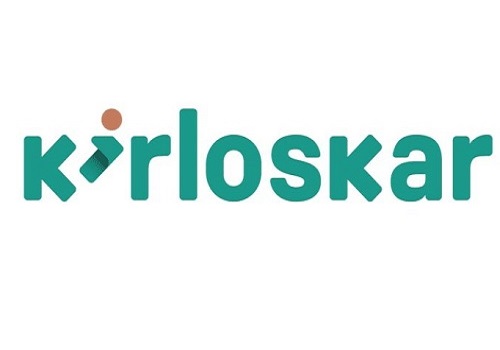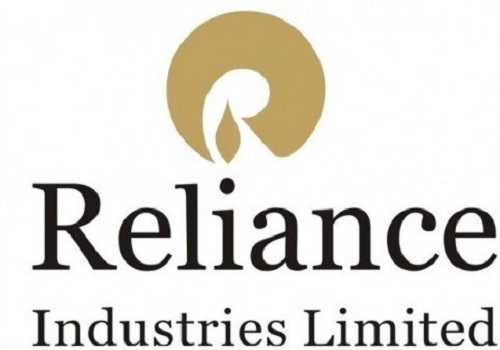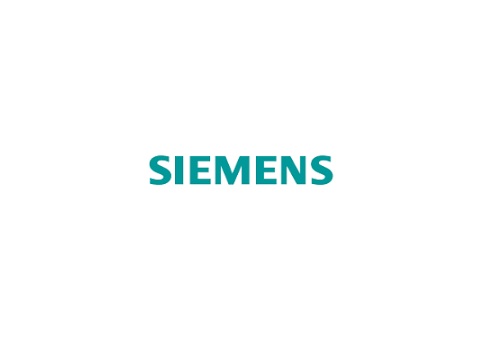Buy Bharti Airtel Ltd For Target Rs : 930 -JM Financial Institutional Securities
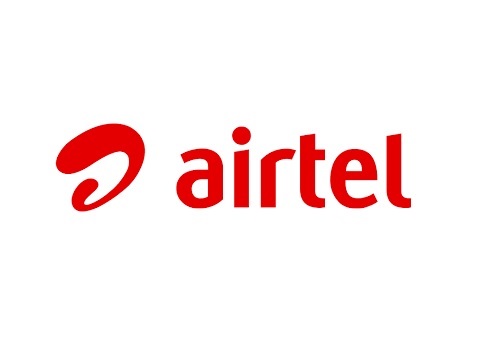
Follow us Now on Telegram ! Get daily 10 - 12 important updates on Business, Finance and Investment. Join our Telegram Channel
With the consolidation of India’s Telecom industry largely complete, we expect the wireless industry’s revenue to grow further to +INR 3,000bn by FY26E vs. ~INR 2,000bn in FY22, having recovered from a low of ~INR 1,200bn in FY19 due to continued structural uptrend in industry ARPU driven by: a) the industry’s future investment needs – requires an ARPU of INR 256-285 in the next 3-5 years for a pre-tax RoCE of 12-15% to justify capex; and b) to avoid a duopoly market. We expect structural uptrend in ARPU to come via a mix of: a) tariff hikes; and b) continued MBB upgrades and rise in data usage. We expect Bharti India wireless ARPU to grow at a CAGR of ~10% over FY22-28 to INR 280 in FY28 (vs. INR 190 in 2QFY23) driving ~15% CAGR in consolidated EBITDA. We maintain BUY on Bharti (TP of INR 930) as we believe India wireless business tariff hikes are likely to be more frequent, going forward, with Jio more willing to participate in tariff hikes given that it also needs to start focussing on profitability as it prepares for its potential IPO in the next 1-2 years, and also given the high capex for 5G rollout. We also tried to compute the 3-year TP to understand Bharti’s long-term return potential; our 3-year TP comes to INR 1,250, implying a return potential of ~15% CAGR.
ARPU on a structural uptrend as industry’s ARPU need to rise to INR 256-285 in next 3-5 years to meet future capex needs: With the consolidation of India’s Telecom industry largely complete, we expect the wireless industry’s revenue to further grow to +INR 3,000bn by FY26E vs. ~INR 2,000bn in FY22, having recovered from a low of ~INR 1,200bn in FY19 (Exhibit 3-4) due to continued structural uptrend in industry ARPU driven by: a) the industry’s future investment needs – requires an ARPU of INR 256-285 in the next 3-5 years for a pre-tax RoCE of 12-15% to justify capex; and b) to avoid a duopoly market. Our calculation suggests (Exhibit 5) that the industry needs to reach an ARPU of around INR 215 for covering the cost of capital (12%) and an ARPU of INR 234 for a healthy pre-tax RoCE (of 15%) based on actual investment until FY22 (~INR 6,691bn). However, if we also consider the future investment requirements including for 5G (taking total investments to ~INR 10,314bn cumulative till end-FY27E), long term ARPUs might need to reach INR 256-285 in the next 3-5 years for a reasonable pre-tax RoCE of 12-15% (Exhibit 6). Bharti has been guiding for a longterm ARPU target of INR 300 for a reasonable pre-tax RoCE of 15%, keeping in mind the future investments needs.
ARPU growth to be driven by mix of tariff hikes, and continued MBB upgrades and rise in data usage: We expect structural uptrend in ARPU to come via a mix of: a) tariff hikes; and b) continued MBB upgrades and rise in data usage. Despite the recent tariff hikes (30-40% hike in Dec’19 and ~20% hike in Nov-Dec’21), ARPU for India is one of the lowest at USD 1.9/month vs. the global average of USD 8-10/month (and USD 6.8/month in China and +USD 20/month in developed countries) despite higher data usage. India’s ARPU to GDP per capita is still low at ~1.0% in FY22 vs. +1.5% before FY15, though it has recovered from lows of ~0.7% in FY19. This is because both nominal and inflation adjusted ARPUs are still being lower than historical ARPUs despite recent increase (Exhibit 7-10). Despite the sharp tariff hikes in the last 3-4 years, industry’s AMDU (average monthly data usage per data subs) rose from 12GB/month in 2QFY20 (before start of tariff hikes) to ~21.5GB/month in 2QFY23 (Exhibit 11). Further, despite sharp tariff hikes, industry has witnessed sharp upgrades to MBB (Mobile Broadband – 3G+4G) resulting in industry’s MBB penetration rising to 55-70% in FY22 vs. 40-45 in FY19 (before start of tariff hikes) and vs. 25-30% in FY16 (before
To Read Complete Report & Disclaimer Click Here
Please refer disclaimer at https://www.jmfl.com/disclaimer
SEBI Registration Number is INM000010361
Above views are of the author and not of the website kindly read disclaimer


